The 7 Best Road Bike Tires For Training and Race Day
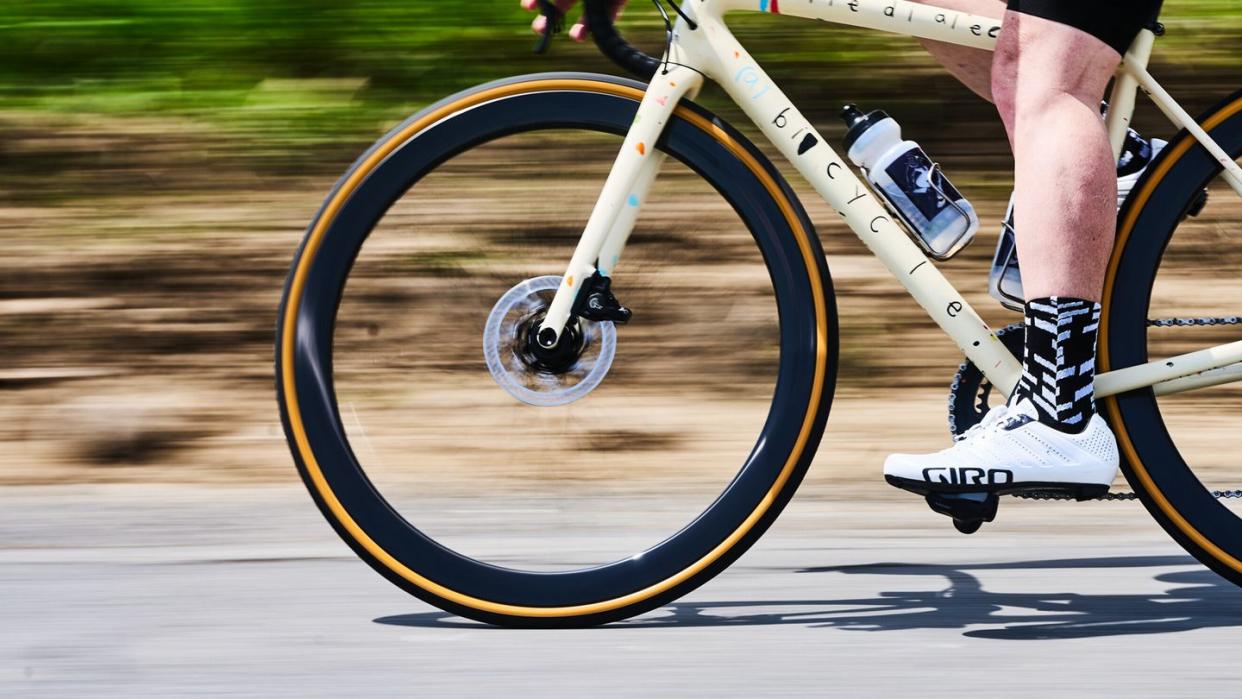
"Hearst Magazines and Yahoo may earn commission or revenue on some items through these links."
The importance of your tires can’t be overstated. Connecting the bike and rider to the road, that thin layer of rubber plays a critical role in the performance and safety of your bike. That’s why picking the right type of tire is so important: Racing tires roll faster, but are more delicate and prone to flats. Training tires are more durable, but don’t deliver the same performance and grip. Read on to learn more about what makes a good tire, and how to select the best road bike tires for any kind of cycling.
Put Your Tires on These Bikes: The Bike Awards 2023 ● Best Road Bikes ● Best Race Bikes
The Best Road Bike Tires
Best Overall: Continental Grand Prix 5000 All-Season TR
Best Value: Continental Grand Prix 5000 Clincher
Best Racing Tire: Vittoria Corsa Pro
Best Training Tire: Continental Gator Hardshell Road Tire
Best Racing Tire for Wet Conditions: Specialized S-Works Turbo 2BR
Easy-to-Setup Tubeless Tire: Schwalbe Pro One TLE
Best All-Road Tires: Panaracer GravelKing Slick
The Expert: I have been riding and racing all manner of bikes for over 30 years, from road to cyclocross, gravel racing to bikepacking. I served as managing editor of VeloNews magazine for eight years, testing hundreds of bikes, equipment, and components. I maintained a fleet of bicycles as operations director of DuVine Cycling + Adventure Co. I currently guide challenging gravel cycling and bikepacking tours with my company, Alter Exploration, where each piece of gear is chosen for performance and durability.
After decades of riding bikes equipped with every type of tire—clinchers, tubulars, and tubeless—and cycling over everything from the smoothest tarmac to the roughest, pothole-strewn backroads, I have extensive personal experience with nuances of road bike tires.
What to Consider in a Set of Road Bike Tires
Tires serve many functions. They are the means by which your power is transformed into as much speed as possible on the pavement. This is a function of rolling resistance. The higher the resistance, the more relative power it takes to maintain a certain speed.
Simultaneously, tires provide grip, so you can corner with speed and confidence. This is not just a function of the tread, but also of flexibility or “suppleness,” which influences comfort. The small cushion of air inside a tire, a function of tire pressure and the malleability of the casing, can make the difference between absorbing the many imperfections in the surface of the asphalt, or getting rattled by the road.
Finally, any good tire should have some degree of durability and puncture resistance. Even the fastest, most race-oriented tires must have the ability to withstand punctures and slices from the grit and debris on roads—what good is a fast tire if you’re standing on the side of the road with a flat? Other tires sacrifice some performance for the sake of durability and puncture resistance.
These are the broad ideas behind what makes a great road bike tire. Now, let’s take a closer look at the factors that you can check to pick the perfect set.
Tire Construction
Road bike tires are manufactured using a wide variety of rubber compounds, anti-puncture technologies, tread patterns, casings, and additives for improved grip and/or durability. Each of these elements has a significant impact on the characteristics of the tire and its performance on the road.
A tire’s tread pattern functions to grip the terrain underneath it. That influences everything from rolling resistance, to wear, to flexibility and surface penetration. Road bike tires get these qualities from their inverse tread, or “siping.” Deeper treads provide more grip, at the expense of pure speed. If you often ride in wet conditions, look for a tire with siping that will improve traction on slippery surfaces. If you are shopping for race day and you’re certain it won’t rain, look for a tire with a perfectly smooth, thin tread.
You should also pay attention to the rubber compound used to make your tires. While the exact recipe for a brand’s compound is a carefully guarded secret, you can check for additives like silica or graphene that help reduce friction and improve speed. Tires made with different compounds for different sections of the tire often grip better in corners and roll faster in a straight line.
When choosing your tires, consider how, when, and where you plan to ride. The first consideration is the application. Ask yourself: “Will I be racing or simply training/riding?” If I’m racing, speed and road feel are higher priorities than other factors–to a point. So, take into account the course, road surface, and your willingness to risk speed over puncture resistance.
For general riding and training, I look for a tire that equally prioritizes durability and performance. I hate fixing flats, so I’ll sacrifice a bit of speed and suppleness for puncture resistance. On dirt roads, I’ll double down on durability and increase the volume–say, 30-32c–to improve comfort on bumpier terrain.
Clincher Vs. Tubeless
Clincher tires, which use a tube, have been the traditional choice of road cyclists for the last few decades. However, more cyclists are learning that tubeless tires have some advantages that can’t be ignored. But they aren’t without their issues.
Clinchers have an open casing and rely on an inner tube to hold air. The pressure inside the tube forces the tire bead to seat on the rim, holding it securely. The main advantage here is that if you do puncture, you just take one tube out and put a new one in. (Remember to check for thorns in the tire casing, inside and out, before inserting a new tube.)
Tubeless tires eliminate the need for that inner tube. Instead, they fit on specialized rims that create an airtight seal. Special tubeless sealant helps keep that seal, and helps prevent punctures. Removing the tube reduces weight, rolling resistance, and the possibility of “pinch-flatting.” Tubeless tires can run at lower pressures, which improves comfort and grip.
They aren’t without their issues, though. In order to increase air retention inside the tire, the casings are typically thicker and heavier than on a clincher tire. Tubeless tires can also be difficult to install, depending on your bike’s rims. The necessity for tighter tolerances means that, sometimes, it can be very challenging to get the tire to “seat” properly and create a seal. There’s an art to it.
Width
Until recently, most cyclists preferred tires between 23- and 25mm wide. Nowadays, research and experience have convinced riders to equip wider tires, as they’re often faster and more comfortable. A wider tire has a smaller contact patch, meaning less rubber comes in contact with the pavement. Less contact means less friction, which means less resistance. It also makes the tire more resilient to small surface variations, as it’s less likely to change shape as it rolls.
How We Selected The Best Road Bike Tires
I tested over a dozen road bike tires in the past year to find the best of the best. I used these tires in all kinds of conditions, including everyday road rides around my home on the Front Range of Colorado, bikepacking races around Ireland, and mixed-surface riding in the Dolomites.
I also chatted with other cycling industry experts, mechanics, manufacturers, and cycling friends to find out what works for them. Lastly, I referenced the data compiled by the tire experts at Bicycle Rolling Resistance, which conducts independent research on cycling tires, collecting data on rolling resistance, durability, grip, and puncture resistance.
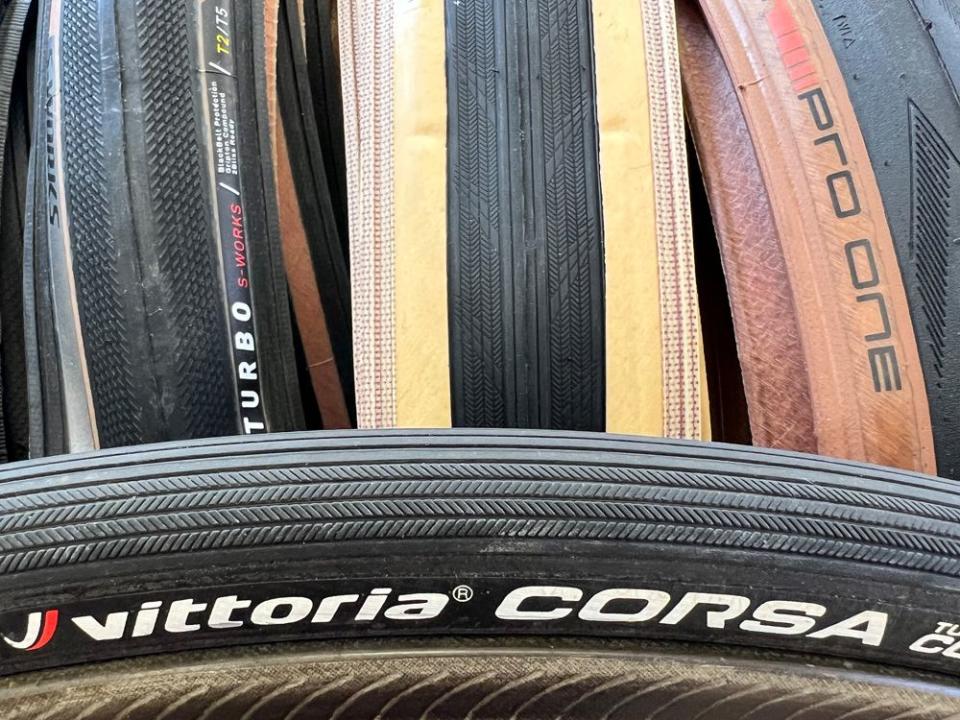
Grand Prix 5000 All-Season TR Tire
If you plan to only buy one set of tires for everyday riding, training, and racing, consider the legendary Grand Prix 5000 All-Season TR. The latest all-season version offers more grip, puncture resistance, and better durability than the popular Grand Prix 5000 S TR.
In independent testing, the more robust casing design corresponds to a 50 percent increase in sidewall puncture resistance, while the tread puncture resistance has increased by 20 percent. You’ll pay a hefty price for this tire, but the combination of ride quality and durability is hard to beat.

Grand Prix 5000 All-Season TR Tire
backcountry.com
$108.95
Grand Prix 5000 Clincher
The Continental GP5000 doesn’t excel at any one thing, but it’s quite well-rounded—especially considering the price. It is a true all-round tire that offers good grip, durability and puncture resistance, while rolling smoothly and quickly over a variety of surfaces. In fact, it is one of the fastest rolling clincher tires on the market.
It comes in four sizes, from 23c up to a 32c, so there is an option for the pure racer, as well as for riders looking for more comfort or a more volume to ride on rougher surfaces.
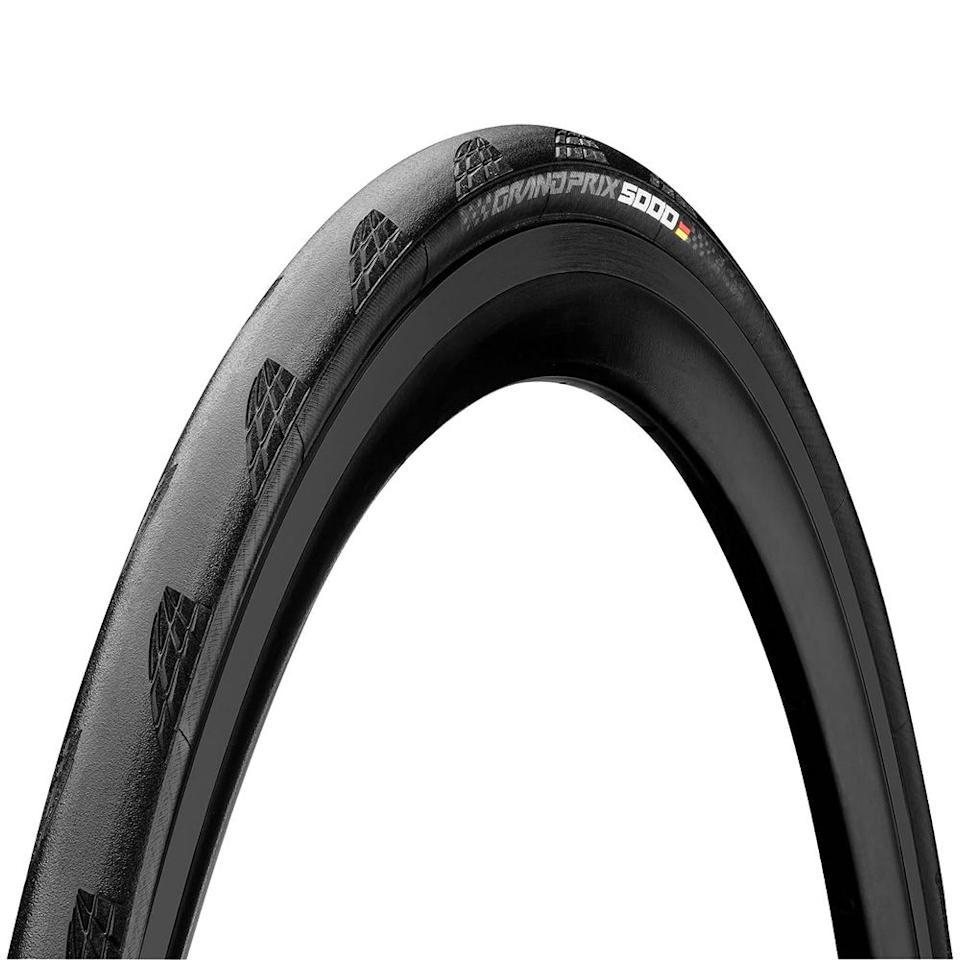
Grand Prix 5000 Clincher
amazon.com
$55.84
Corsa Pro Racing Tire
The latest generation of the venerable top-of-the-line Vittoria cotton tire is, in a word, pro. Fast, light, and supple, these tires are ridden by many professional cyclists because of their superior ride quality.
Now that the tread is vulcanized to the casing, rather than glued, the tires are more durable and a bit lighter, which makes you faster. That said, they’re still relatively delicate.
Given the steep price tag, I’d recommend using them sparingly, or saving them just for race days. But, oh, how good they feel rolling down the road.
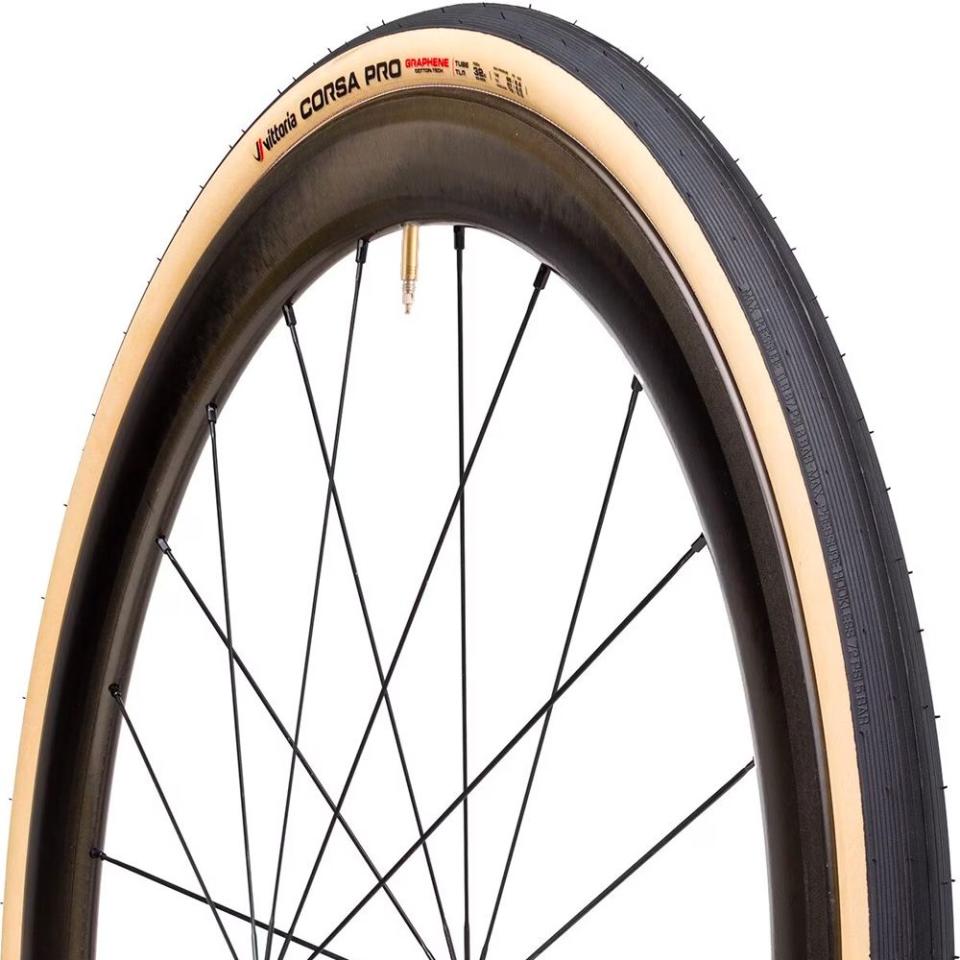
Corsa Pro Racing Tire
backcountry.com
$82.00
Gator Hardshell Road Tire
If you want to greatly reduce the risk of ever being stranded beside the road with a flat tire, the Gator Hardshell is your best bet. High puncture protection, a substantial amount of tread thickness, and beefy sidewalls make for a stout package. Sure, the ride quality is not incredible— these lack the responsiveness and grip you’ll get from the other tires on this list. Then again, you don’t buy an all-conditions training tire for its nuanced road feel. You buy it to last.
I’m also excited to test out the promising Schwalbe One 365 training tire, which is coming in 2024. It boasts details suited for all-year riding, including a 4-season compound that offers grip even at low temperatures, and a reflective sidewall strip for added safety in inclement weather and darker conditions.
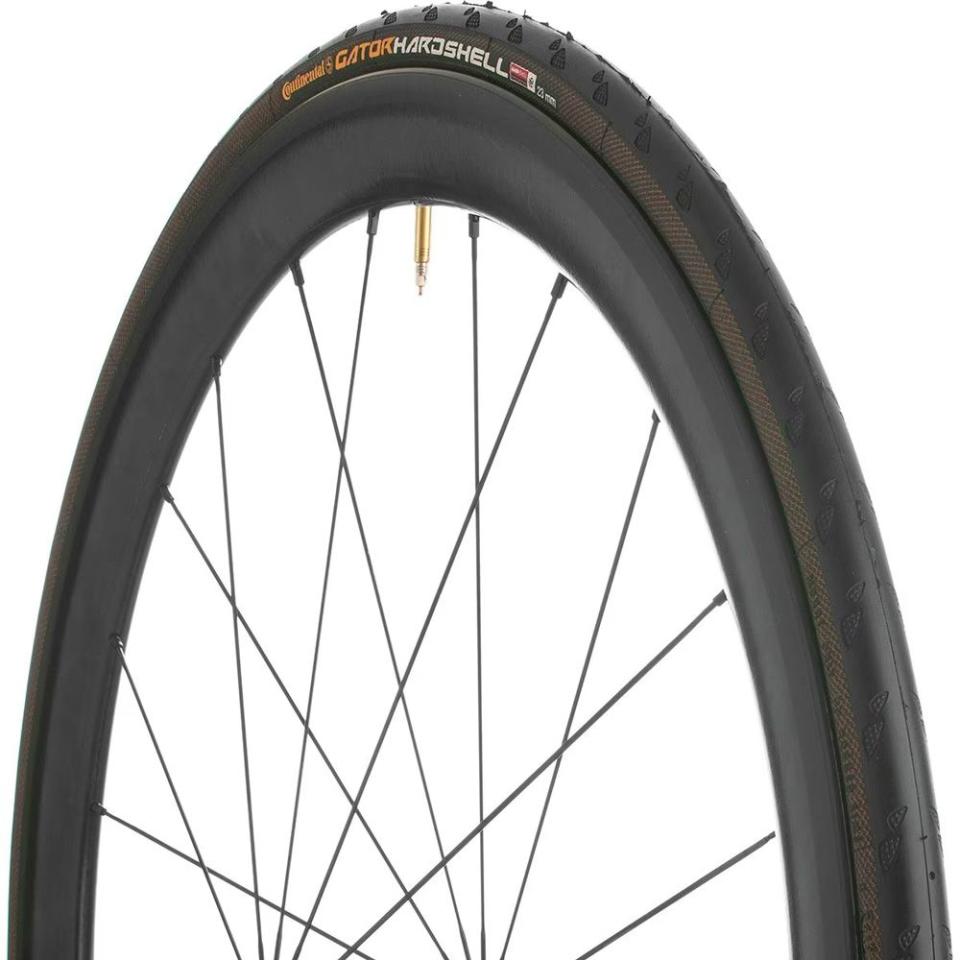
Gator Hardshell Road Tire
competitivecyclist.com
$49.99
S-Works Turbo 2BR Racing Tire
The dual compound in the Specialized S-Works Turbo gives you a slightly harder, faster rolling center strip of rubber, combined with a softer, grippier compound on the shoulders of the tire for better cornering confidence. The added proprietary “BlackBelt” puncture-resistance layer adds to the tire’s durability, using a hybrid-Kevlar layer under the tread for improved puncture protection, lighter weight, and more flexibility.
As a result, they resist grit and excel on wet roads. Though they can be challenging to set up tubeless, the overall construction of the S-Works Turbo is top-notch.
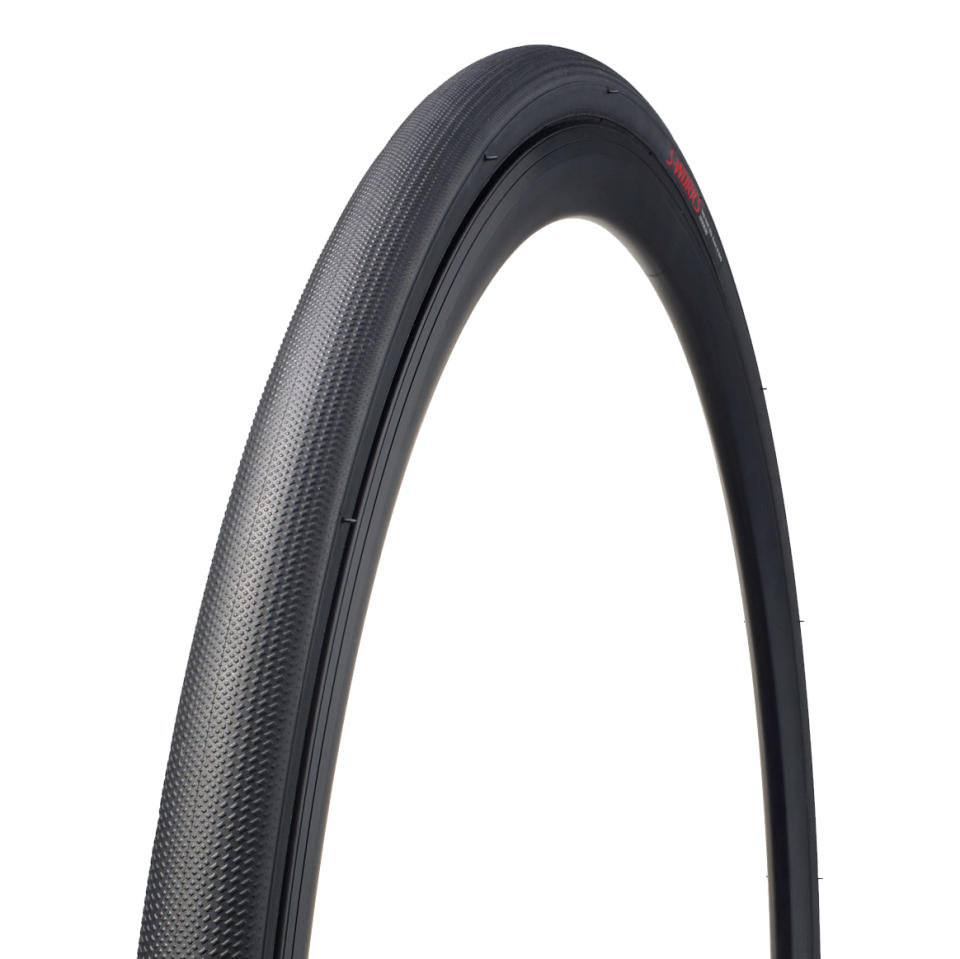
S-Works Turbo 2BR Racing Tire
jensonusa.com
$80.00
Pro One TLE Tubeless Tire
The Schwalbe Pro One TLE is supple, fast, and grippy. This all-terrain tire fills a similar role as the Specialized Turbo and Continental GP5000, but it’s far easier to set up tubeless. The ride quality is excellent— I can feel the road beneath me as I ride, particularly while cornering.
Enjoyment, safety, and performance all improve when you have confidence in the grip and suppleness of a tire. The durability is on par with the Specialized. If you want to ride on tubeless tires but hate the setup, give these a try.
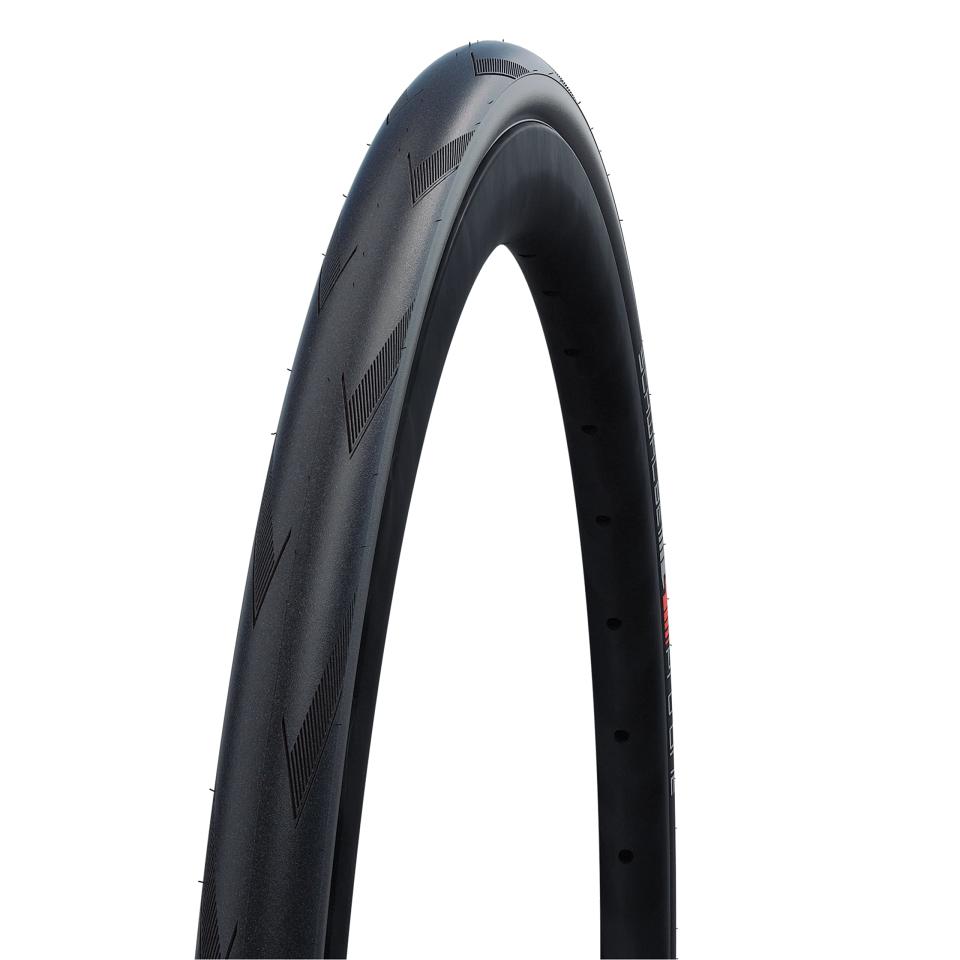
Pro One TLE Tubeless Tire
amazon.com
$62.99
GravelKing Slick
If you like to stray from the pavement, the GravelKing Slick is an excellent choice. Though it lacks a substantial knob, the suppleness and larger volume of these tires allows you to run lower pressures, which improves grip and comfort to smooth out rough roads, no matter the surface.
I’ve used this tire during bikepacking races on chunky Irish backroads, gnarly gravel paths in the Dolomites, and old mining roads in the Rockies—they’ve always come through unscathed.
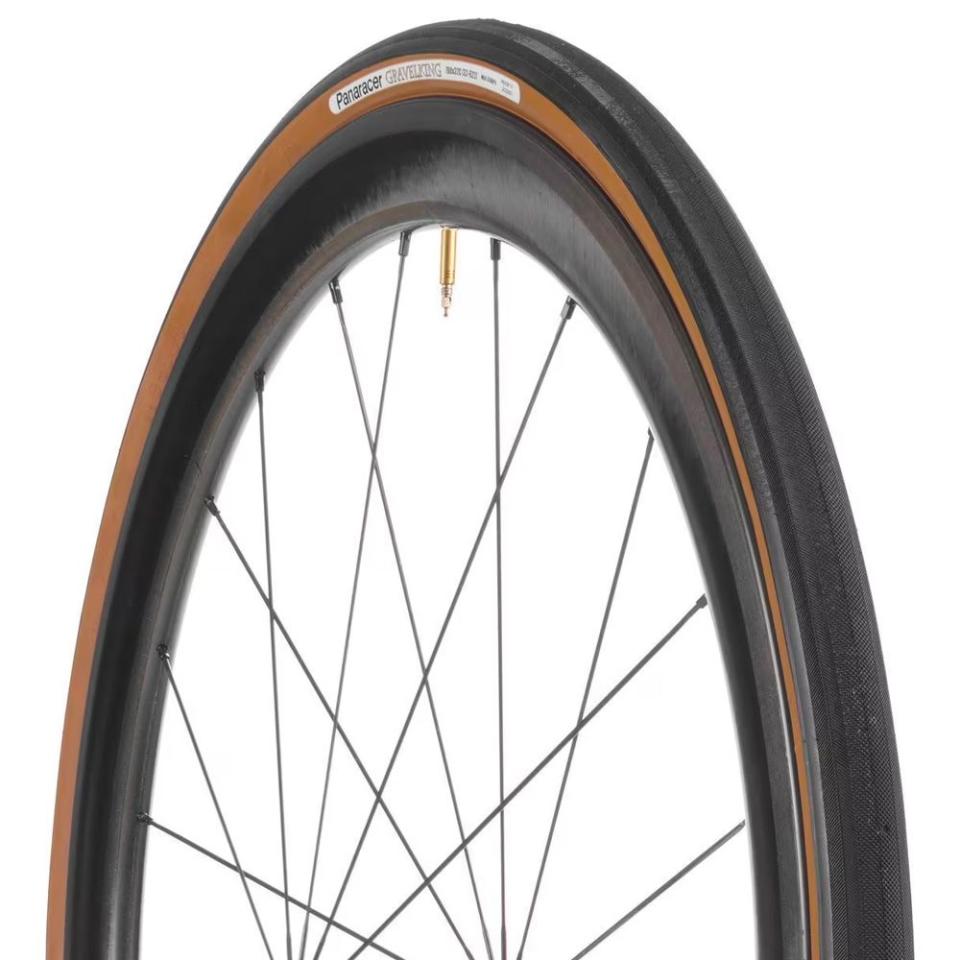
GravelKing Slick
backcountry.com
Sage Tire Advice with Expert Chris Case
How often do you replace your tires?
Some tires have little concave dots, grooves, or “antennas” on the side that act as wear indicators, showing you how much rubber is left on the tire. When they’ve eroded, it’s time to invest in a new set. If your tire doesn’t have them, check your tires regularly for gashes, cuts, or damage to the sidewalls. If you find a lump, bulge, or crack, that’s your cue to replace the tire.
Do you prefer tubeless or clincher tires?
After years of honing my technique for seating tubeless tires, I prefer to run those, mostly because they greatly reduce the number of flat tires I’m left fixing on the side of the road. Thorns, little pieces of glass, and other invisible road debris can instantly ruin a good ride if I’m running clinchers with tubes.
Ultimately, it all comes down to how well a tubeless tire and rim work together. If they play nice, things usually mount smoothly. Otherwise, it can lead to a lot of cursing and frustration. Over time, you’ll find a combination of tire and rim that works well. Once you do, stick to it.
How do your priorities shift when you're just commuting to and from work?
If you aren’t optimizing your bike for speed, I’d recommend prioritizing puncture resistance and durability. I don’t want to have to change a flat, ever, but particularly not on my way to or from work. For my commuter, I look for a tire that has a robust puncture protection layer and reinforced sidewalls.
I also don’t want to spend a lot of money on a tire that won’t last for thousands of miles. So, I look for a tire with a thicker tread depth and a harder rubber compound that will last for years.
Finally, small details like reflective surfaces on the sidewalls of a tire can add a touch of safety to your commutes.
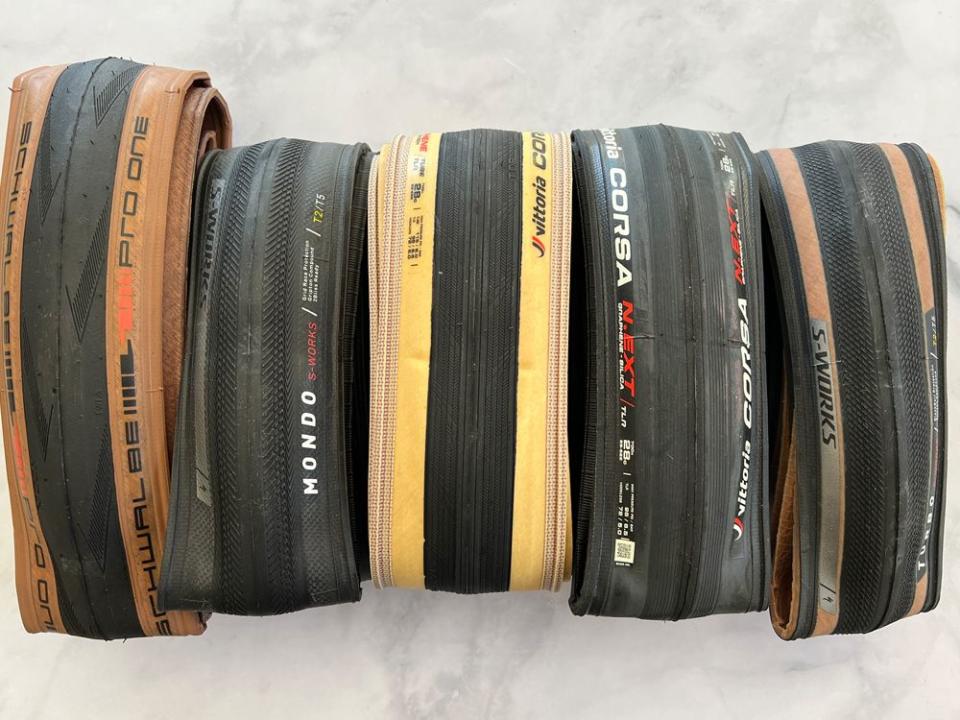
You Might Also Like

